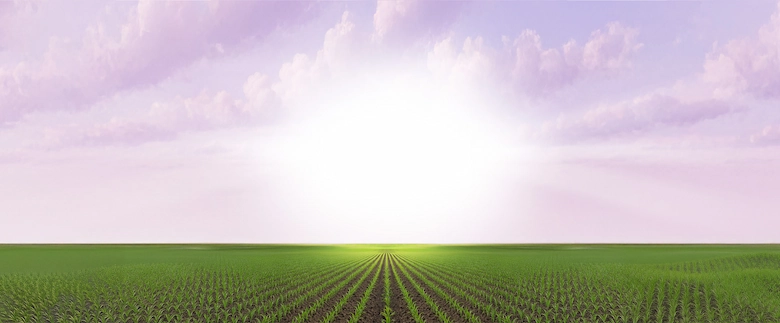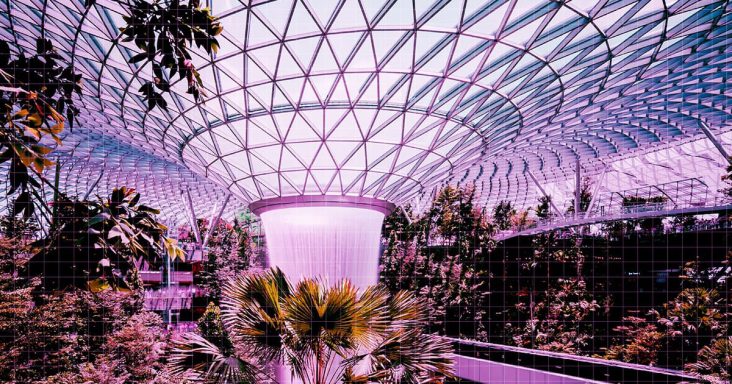
Students will begin research on the effects of rain gardens and begin to implement a prototype of one at their school, in their community, or at their home.
⏱ 2 Hours
Download PDF
NGSS.HS-ESS3-4, NGSS.3-5-LS2-1, NGSS. HS-ETS1-2, NGSS. 3-5-ETS1-3
Computers, access to different plants, soil, sand, gravel
“Every time it rains, water runs off impermeable surfaces, such as roofs or driveways, collecting pollutants such as particles of dirt, fertilizer, chemicals, oil, garbage, and bacteria along the way. The pollutant-laden water enters storm drains untreated and flows directly to nearby streams and ponds. The US EPA estimates that pollutants carried by rainwater runoff account for 70% of all water pollution.” i Our runoff is causing loads of problems that need our attention. Is there a natural way to filter our runoff? Let’s explore what we can do with rain gardens.
Students will begin research on the effects of rain gardens and begin to implement a prototype of one at their school, in their community, or at their home.
Students will test their prototype, seek areas of improvement, and make changes where needed.
Students will share what they have learned with the class, at home, and in their community.
Research what your local community is already doing to implement rain gardens as a way to purify our runoff.
Similar topics are offered in these featured challenges